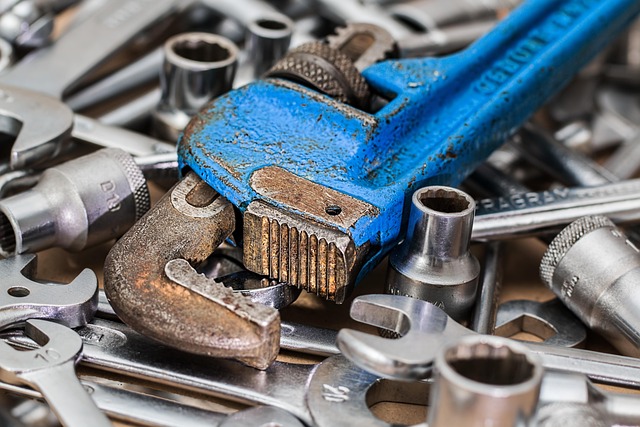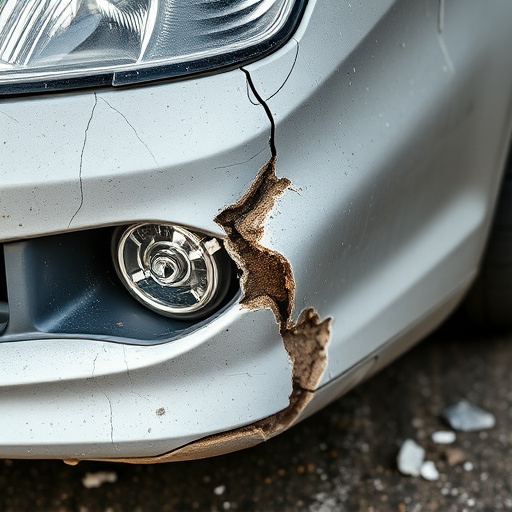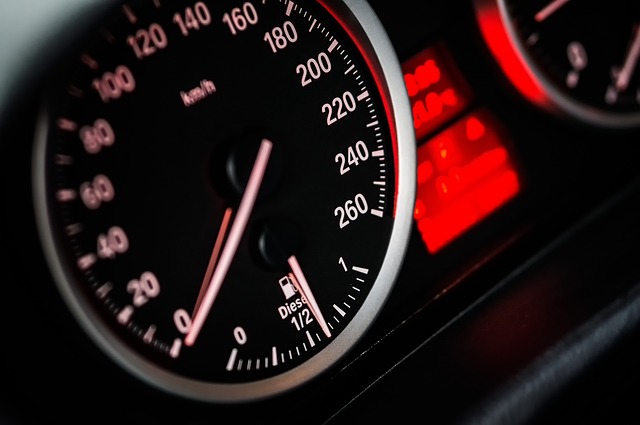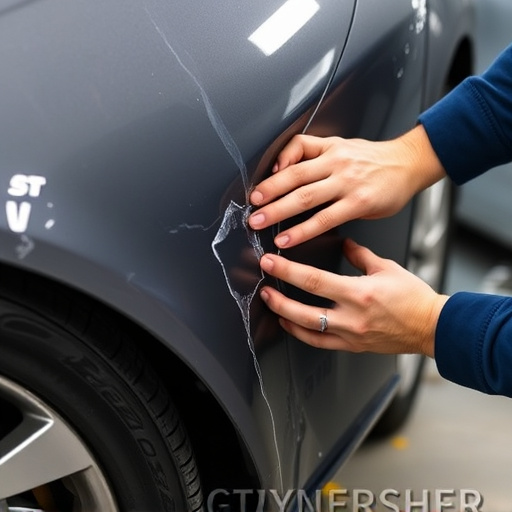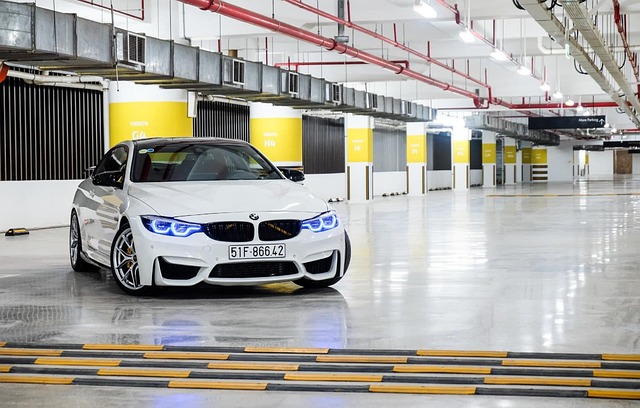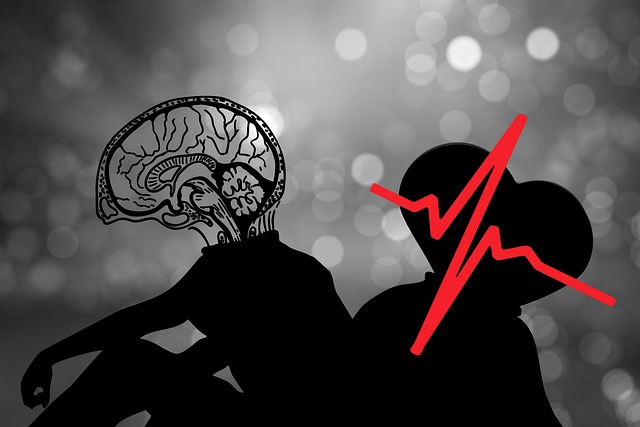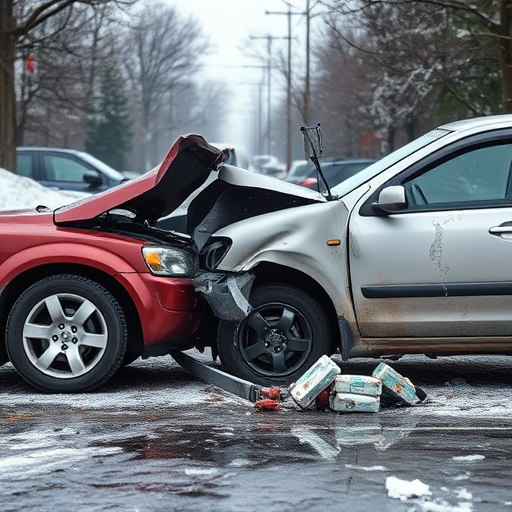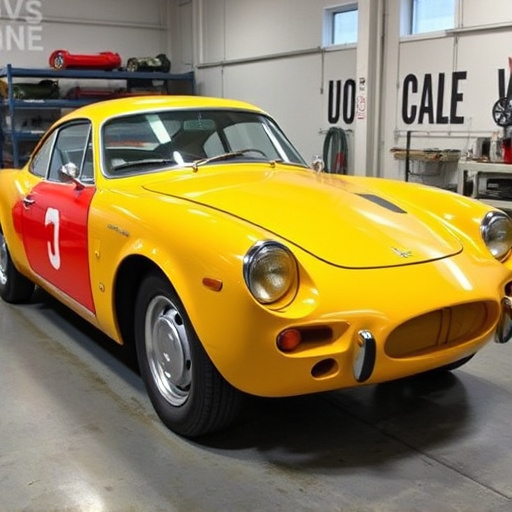Antique auto restoration revitalizes vintage vehicles, preserving historical significance through meticulous inspection, tailored techniques from cleaning to complex repairs, and maintaining original aesthetics. Skilled restorers enhance market worth with innovative methods like paintless dent repair, attracting collectors who value craftsmanship and history. While challenges like corrosion and faded finishes arise, advanced techniques ensure structural integrity and keep these time capsules drivable for future appreciation.
Antique auto restoration is an art that breathes new life into classic vehicles, preserving their historical integrity. This meticulous process involves intricate repairs, precise replicas, and careful authenticity checks. Understanding this craft reveals its profound impact on vehicle value; expertly restored antiques command premium prices in the market. While it enhances their desirability, the complex nature of restoration presents challenges for both enthusiasts and experts, demanding a delicate balance between preservation and modernization.
- Understanding Antique Auto Restoration Process
- Impact on Historical and Market Value
- Preserving Past: Benefits and Challenges
Understanding Antique Auto Restoration Process
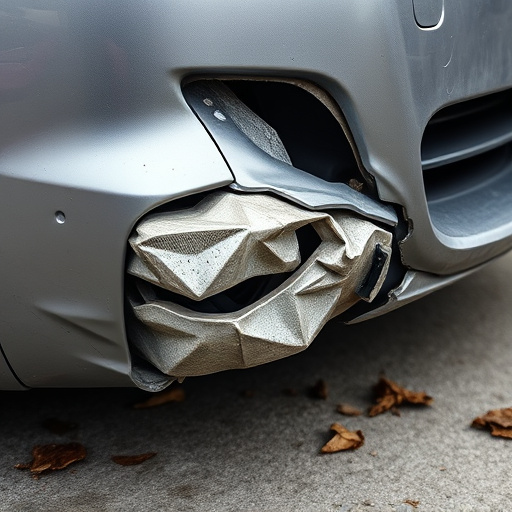
The antique auto restoration process involves a meticulous and specialized approach to return vintage vehicles to their former glory while preserving their historical significance. It begins with a thorough inspection to assess the car’s condition, identifying areas that require repair or replacement. This may include components such as the engine, chassis, bodywork, and even interior details like upholstery and dashboards. Skilled restorers then employ various techniques tailored to each car’s unique needs. These methods can range from simple cleaning and detailing to complex mechanical repairs and custom fabrication.
The process often includes meticulous bumper repair, ensuring that every curve and detail aligns with the vehicle’s original design. Restorers may also handle collision repair, addressing any damage from past accidents or mishaps, which is common in classic car restoration projects. The end goal is not merely to fix but to revive the car’s aesthetic appeal while maintaining its historical integrity, making it a cherished piece of automotive history.
Impact on Historical and Market Value
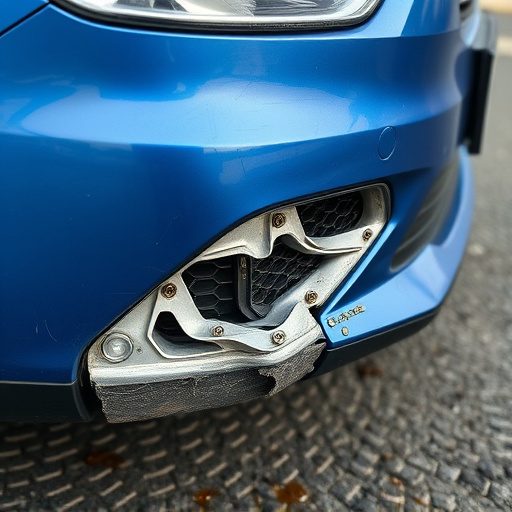
The process of antique auto restoration plays a pivotal role in enhancing a vehicle’s historical value. When meticulously executed by skilled restorers, it involves not just repairing but also preserving the car’s original aesthetics and functionality. This meticulous attention to detail ensures that the restored antique retains its authenticity, making it a coveted piece in the automotive history landscape. As such, the market value of these vehicles often soars, attracting collectors and enthusiasts who appreciate their unique charm and historical significance.
Antique auto restoration also impacts the car’s perceived worth by showcasing its craftsmanship and design. Restored cars can command premium prices at auctions and sales events due to their meticulously repaired bodywork services, which include paintless dent repair techniques that preserve the original finish. This process not only highlights the vehicle’s aesthetic appeal but also underscores its enduring value over time. The overall impact is a heightened market valuation that reflects both the car’s historical importance and its current condition after undergoing expert automotive repair.
Preserving Past: Benefits and Challenges
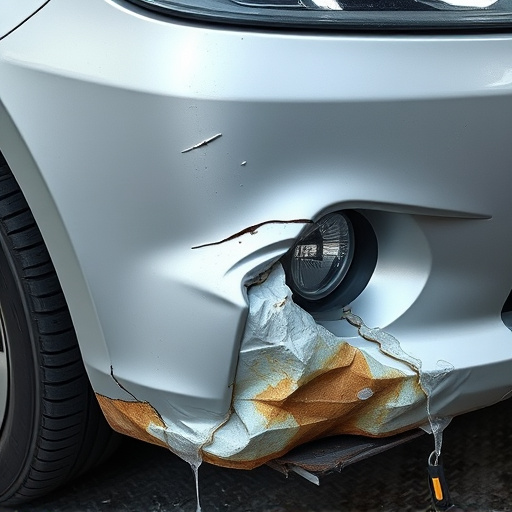
Preserving a vehicle’s historical integrity presents both advantages and obstacles for antique auto enthusiasts. On the one hand, meticulous restoration techniques like paintless dent repair allow for minimal intervention, preserving the car’s original state and character. This approach respects the past, ensuring that authentic details, from rust-free panels to pristine trim, remain intact. By avoiding extensive repainting or replacement, restorers can maintain the vehicle’s unique aesthetic and tell its story accurately.
However, challenges arise when dealing with age-related issues such as corroded frames, faded finishes, and cracked glass. These problems necessitate specialized skills and materials for effective resolution without compromising historical accuracy. For instance, auto glass replacement using period-appropriate glass ensures clarity in vision and captures the car’s original ambiance. Similarly, experienced technicians in antique auto restoration employ innovative techniques like precision body panel alignment and custom fabricating to restore structural integrity while adhering to historical standards, ensuring that these vintage vehicles remain drivable time capsules for future generations to appreciate.
Antique auto restoration is a delicate process that can significantly impact a vehicle’s historical value. By carefully preserving past attributes, restorers maintain the authenticity and market appeal of these classic cars. However, navigating the challenges involved ensures that the end result accurately reflects the vehicle’s original state, enhancing its allure for collectors and enthusiasts alike. Antique auto restoration, when executed expertly, becomes a vital tool in safeguarding automotive history while maintaining the financial value that comes with owning a piece of the past.
